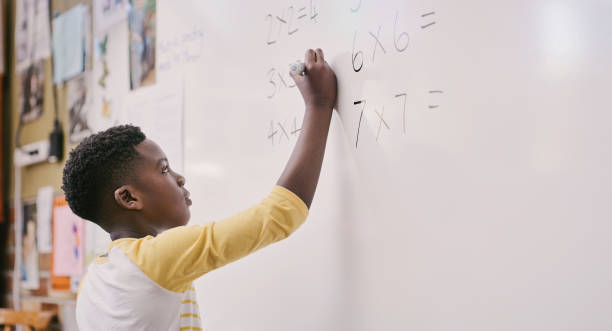
This article offers a step-by-step easy guide on how to solve quantitative reasoning for primary schools and students of various levels, including some quantitative reasoning examples using primary five (5) exercises as a guide and explainer.
In this context, I will be throwing more insights and knowledge on quantitative reasoning, solving questions strategies and how to tackle those questions using your critical thinking methods to get the correct answers.
Read Also: 10 Best Debate Topics for Secondary Schools in Nigeria
What is Quantitative Reasoning for Kids?

Quantitative reasoning in kids can refer to the development of children’s great skills in mathematics and problem-solving abilities, using numbers and figures. Such subjects help build children’s understanding and also make them think deeply, and help solve their daily problems.
Read Also: Top 5 Best STEM Schools in Zambia to Know
How to Solve Quantitative Reasoning For Primary Schools with Examples
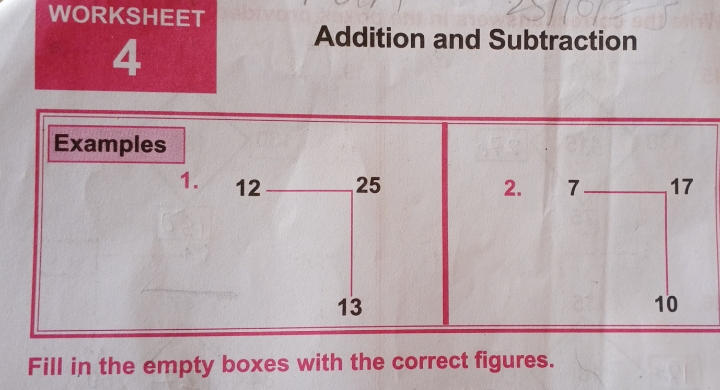
Before solving quantitative reasoning equations or questions, you should fully know the foundation of mathematical thinking which requires the knowledge of basic math like addition, subtraction, multiplication and division.
Understanding Mathematics is the key to solving quantitative reasonings without stress, such as knowing how to add numbers, subtract, multiply or divide to get specific answers, will enable you to properly solve questions that require critical thinking and reasoning.
What is Addition
Addition is simply the addition of numbers or whole numbers together to gather an answer.
Examples are 2 + 2 = 4 or 20 + 2 = 22.
What is Subtraction
Subtraction is the removal of a certain number from a number.
Examples are 2 – 2 = 0 or 20 – 2 = 18.
What is Multiplication
This is the multiple or a number or can be said to be multiplying a number by a number to get the product (Factor × Factor = Product).
Examples are 2 × 2 = 4 or 20 × 2 = 40.
What is Division
Division is what I call sharing, just as you share food among kids, you share a number among others to know what each will have.
Examples are 2 ÷ 2 = 1 or 20 ÷ 2 = 10.
Quantitative Reasoning Examples and Solutions
Question 1: (Addition and Subtraction)
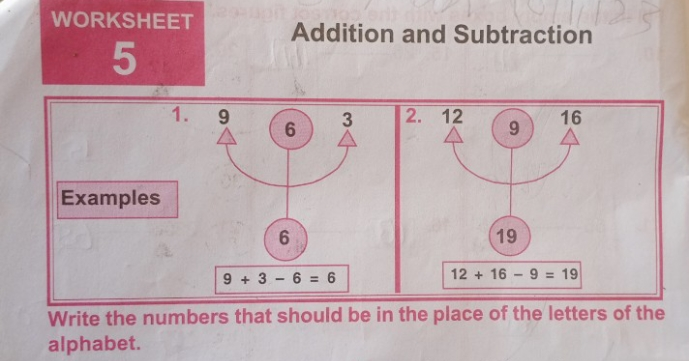
The image above gave different numbers, which are 9, 6, 3 and another 6. So solving it requires addition and subtraction knowledge, which is 9 + 3 – 6.
Solving it is adding 9 and 3, which will give us 12 as an answer, then 12 minus 6 which the answer will be 6.
So, 9 + 3 – 6 = 6 as Answer.
In quantitative reasoning, you will be given questions like the below diagram to solve, how do you solve it?
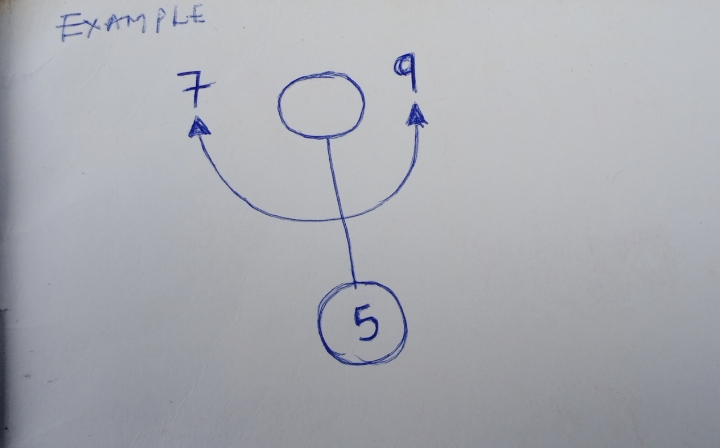
The above question is very simple to solve as we have an empty spot to fill in with the correct answer, which requires critical thinking.
We have above 7, 9, 5 and an empty spot. So how to get the correct answer is 7 + 9, and minus “What Number” to get 5 as the answer.
So 7 + 9 gives 16, so what number are we removing (minus) from 16, to get 5 as the final answer, This is very simple, just do 16 – 5, and the answer is 11.
That is 7 + 9 – 11 = 5 (and the answer we are looking for to fill the empty spot is 11). See image solving below.
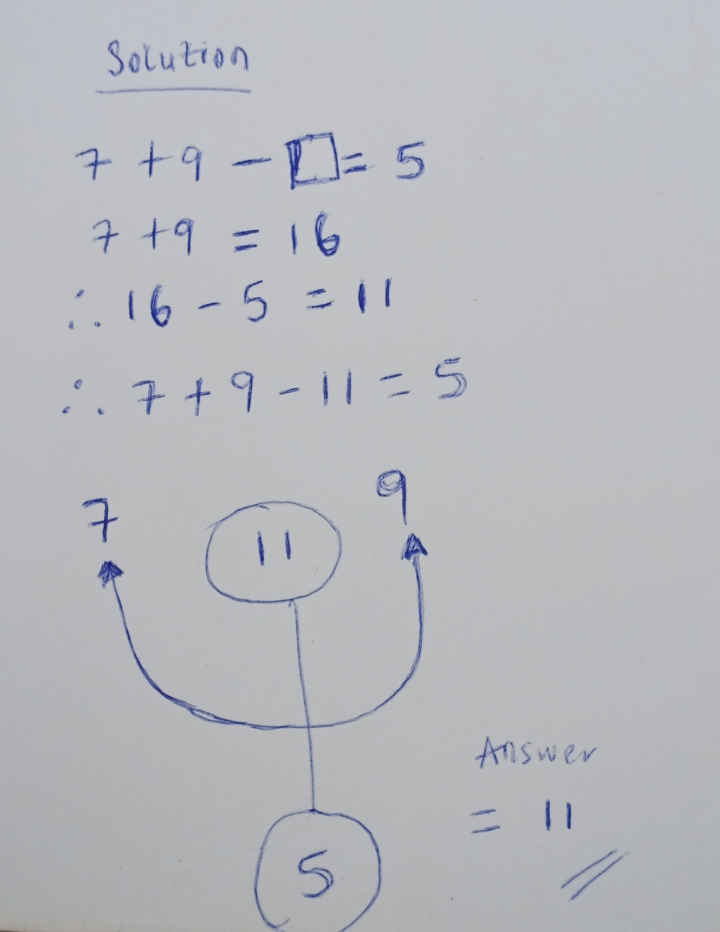
Question 2 (Addition and Subtraction)

Using the above strategy, you can solve the below quantitative question as it’s also very simple.
24 + 15 – 10 = 29 and 32 + 9 – 21 = 20
As such, you will also be given questions with empty spots to find the missing correct answer, using your critical thinking will help you get the answer to fill in. Just add and subtract.
Question 3 (Addition and Multiplication)
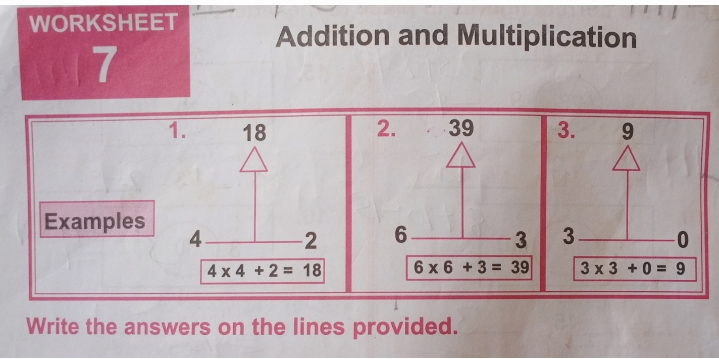
This aspect deals with addition and multiplication, which we have examples like the image above.
All you need to do is just multiply the first digit or number by itself, and add by the given number, just as we have 4 × 4 + 2, which gives the final answer 18.
So in cases where a spot is removed, maybe the first spot is empty, and you have just + 2 and finally answer as 6. It’s simple to solve, just think of what will multiply itself, and 2 will be added to give 6, which will be 2 × 2 = 4, then 4 + 2 which will give 6.
Hope our explanation above is clear. You can ask questions using the comment section below if you need more examples or explanations.
See more examples below for a clearer understanding.
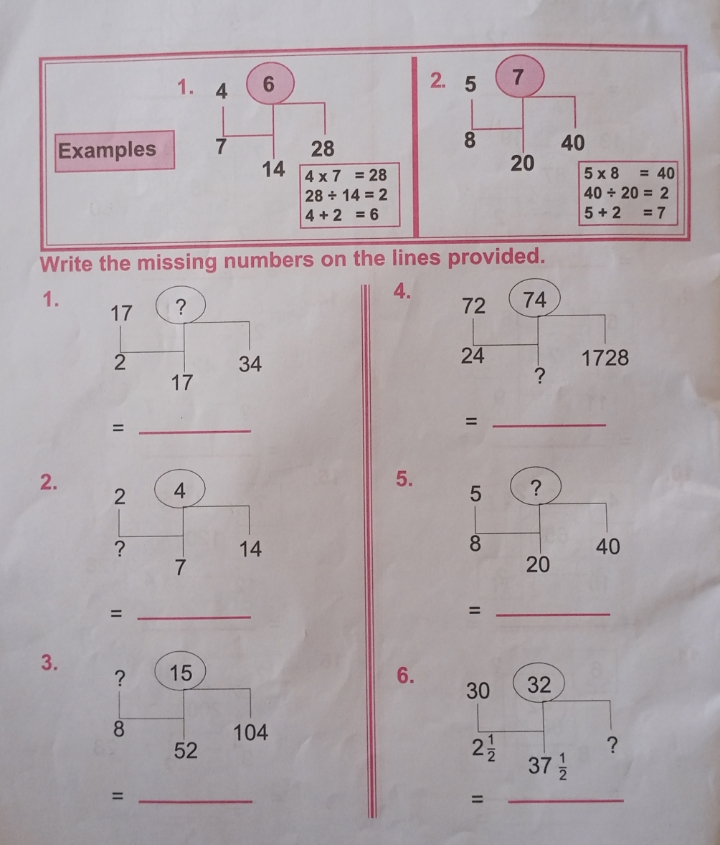
How to Teach and Develop Quantitative Reasoning Skills in Students
Below are some easy ways/tips on how a teacher can teach her/his students how they can solve quantitative reasoning examples, and also develop their critical thinking skills.
1. Make Mathematics Fun/Engaging
To make your students the best in solving quantitative reasoning, ensure they see math to be fun, engaging and enjoyable by using certain children’s counting games, puzzles and other educational activities to teach them.
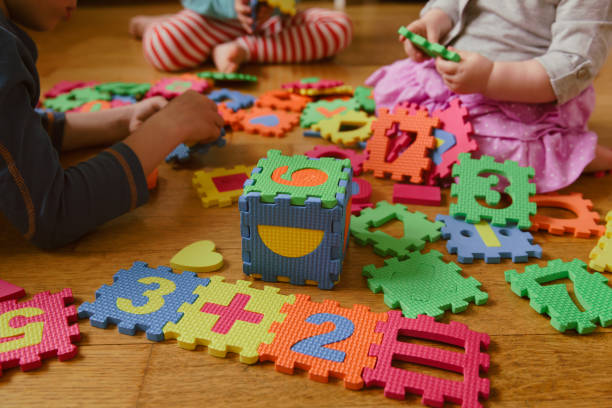
When a child plays a more educational game like counting (either using stone or other objects to count from 1 – 100), and also solves some puzzles, it builds their thinking ability, which will make learning math and other math-related subjects like Quantitative Reasoning easy and fun.
2. Try Connecting Math To Real-World Experiences
Trying to connect Mathematics to real-world experience is another helpful way to get students to understand quantitative reasoning and help them think deeply.

For example, when dividing numbers (division), you can offer them biscuits or cookies, and ask a particular student to count how many, and share among two students, then after sharing equally, count how many each kid has gotten, then that becomes the answer and how to solve for division.
With such practical work above, that child understands division without stress and tends to apply it properly when solving any mathematical equation that has division.
3. Encourage Problem-Solving in Students
Offer your students the opportunity to freely solve certain problems on their own, by thinking deeply into those problems, which will surely help build their critical thinking abilities, and help them solve certain quantitative reasoning examples.

4. Make them Understand and Not Memorize
It’s essential that students understand the math or questions and not memorize it with answers. So building the concept of understanding a question will help them solve many problems that come their way without stress.
Read Also: Top Best Secondary Schools in Nigeria and Locations
How to Answer Quantitative Reasoning Questions
The best and simplest way to solve all quantitative reasoning questions is to understand the question and read through the information given, then try to simplify it into smaller and more understandable forms by using basic math principles and formulas to solve and arrive at the final and correct answers.
Conclusion
Solving quantitative reasoning requires basic knowledge in addition, subtraction, multiplication and division, which will help every student excel in the subject. Make math fun by applying game counting and puzzle-solving strategies.
I hope with the above basic guides and examples you can solve primary school quantitative reasoning without stress. Feel free to ask questions, and share your opinions using the comment box below.
Be the first to comment